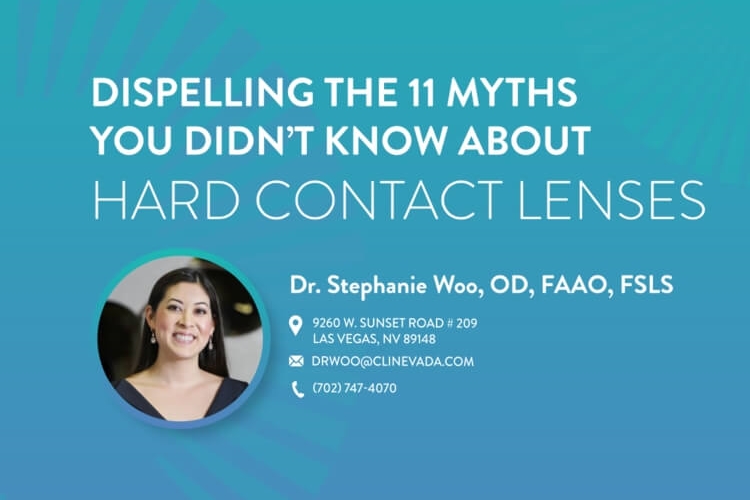Often times, corneal transplants are thought to "cure all of my problems."
I can't tell you how many times patients have come to my office who have a diseased eye that just want a corneal transplant. There is a misconception that a corneal transplant will get rid of everything on the front of your eye and make it brand new again.
Nothing could be farther from the truth.
The main goal of almost all optometrists and ophthalmologists is to do everything in their power to prevent you from needing a corneal transplant. For instance, if you have a condition called keratoconus, we recommend a procedure called corneal crosslinking, which stabilizes the cornea and prevents it from progressing. This helps to prevent corneal transplants in the future.
For patients who have had eye surgeries such as LASIK, PRK, Radial Keratotomy (RK), and other corneal surgeries, you might suffer from blurry and distorted vision, even with the best glasses. This is likely due to the corneal shape becoming irregular, secondary to the surgery you had.
The best option for patients with these types of issues is usually a scleral contact lens, hybrid contact lens, or gas permeable contact lens.
These lenses have a layer of liquid which fills in the irregular surface of your eye, creating a smooth surface for light to pass through. The end result is much clearer vision with less distortion. Something that patients don't understand about corneal transplants is that if you get a transplant, you will likely STILL need a specialty designed contact lens to see clearly. This is because corneal transplants have irregular surfaces, too.
So the end result of a transplant is usually blurry and distorted vision. To fix this, a specialty contact lens will need to be fit to the eye to restore the vision.
Other things you might not know about corneal transplants:
- Corneal transplants do NOT provide clear vision. They offer a clear window (new cornea), but thing of the window having a lot of waves or bumps on it. Even if the glass in the window is clear in color, the shape of the window will distort what you see.
- Patients with corneal transplants usually require a scleral lens, hard contact lens, or other type of contact lens to see their best.
- Corneal transplant patients are often on eye drops for the rest of their life. It is not unusual for patients to need medicated eye drops for the rest of their life to keep their transplant healthy, and prevent rejection.
- Corneal transplants sometimes reject. Your body may not like the transplant and might reject it, even with the best surgeon and best medicines. This is very common.
- If your transplant rejects or fails, you will need to undergo another corneal transplant surgery. This comes with its own complications.
- Corneal transplants don't last forever. Corneal transplants usually last 10-15 years. You will then need a new transplant and undergo all of the risks that come with another surgery.
Moral of the story: Avoid transplants until it is the very last option. It is almost always advised to be fit into a specialty contact lens prior to correct your vision to its maximum potential. Transplants should be the last resort when everything else fails.

